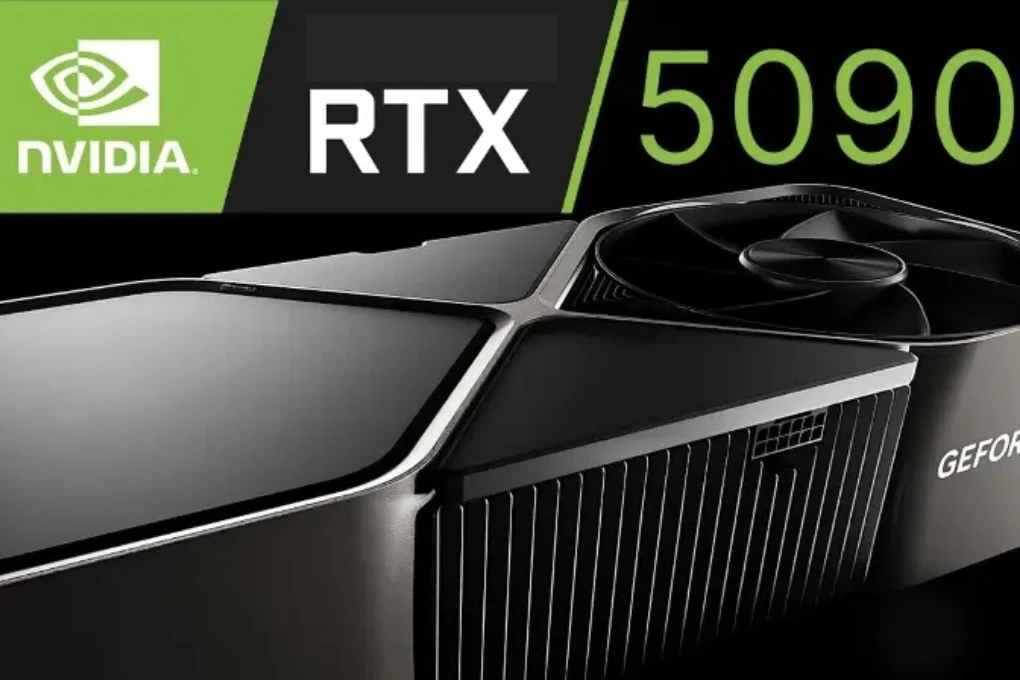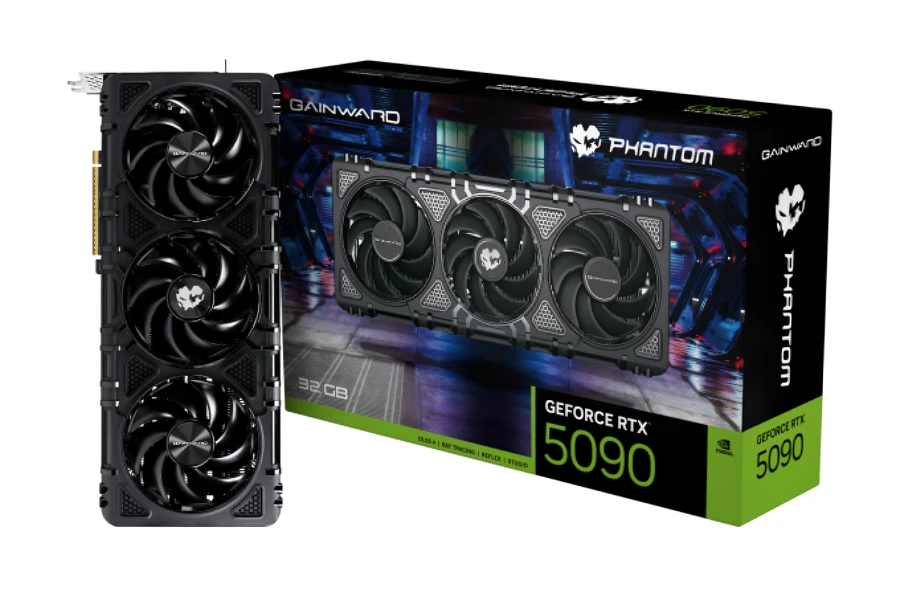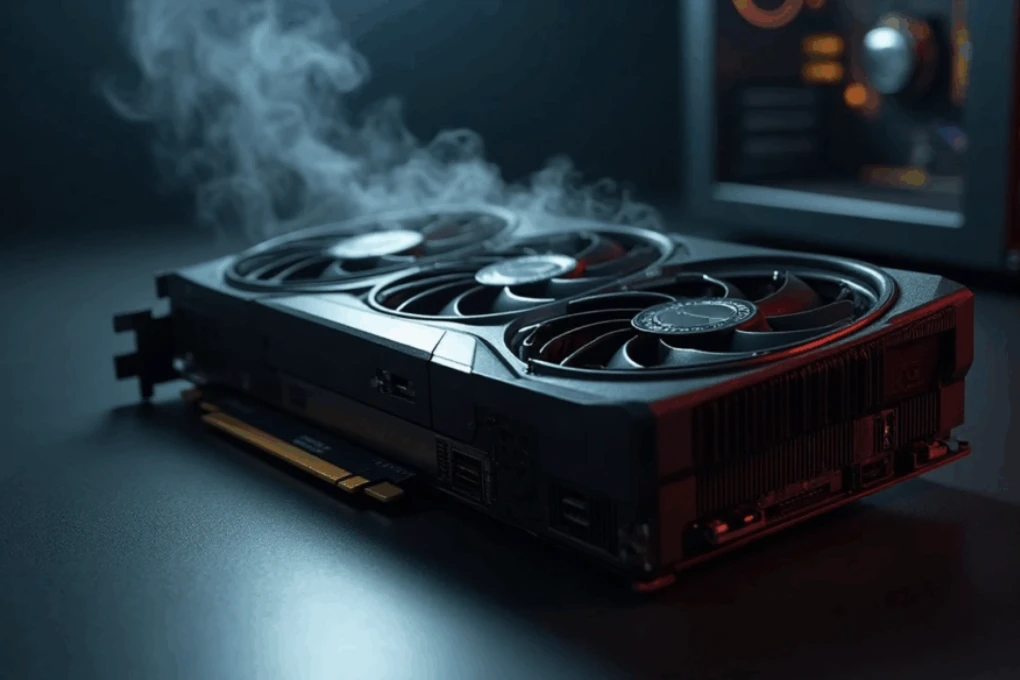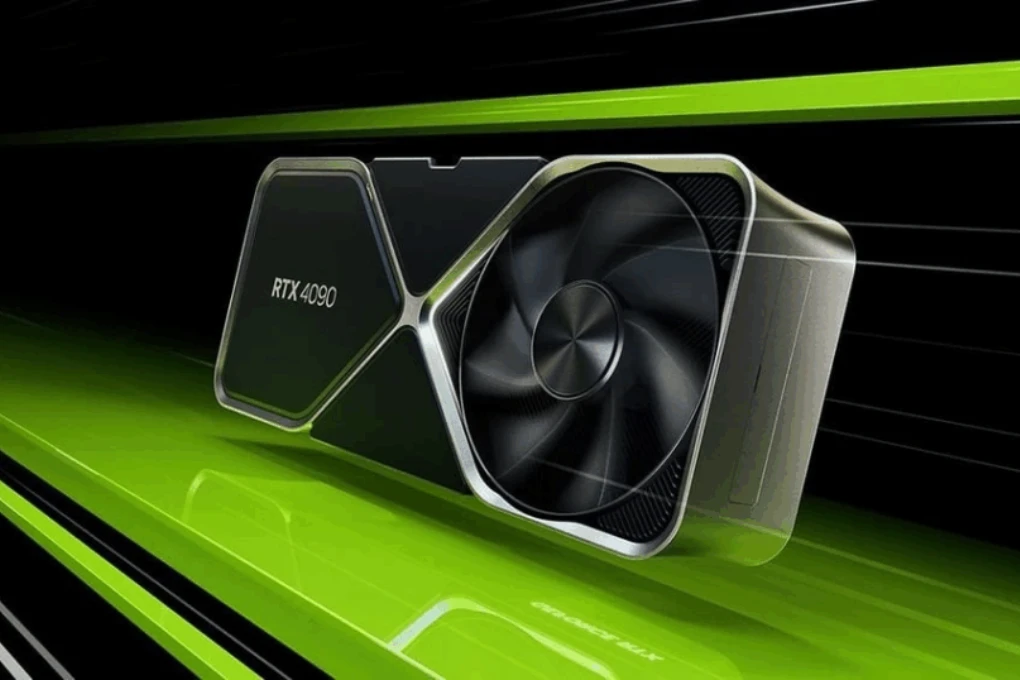Now Reading: NVIDIA RTX 5090 Bricking Crisis Explained: What Every Owner Needs to Know
-
01
NVIDIA RTX 5090 Bricking Crisis Explained: What Every Owner Needs to Know
NVIDIA RTX 5090 Bricking Crisis Explained: What Every Owner Needs to Know

If you’re one of the many who invested in an NVIDIA RTX 5090 or 5090D, you may have recently come across alarming reports: some users are experiencing severe hardware failures that leave their high-end graphics cards completely unusable. This issue, commonly known as “bricking,” isn’t just frustrating-it can halt gaming sessions, slow down creative projects, and even lead to financial losses.
Here’s everything you need to know about the NVIDIA RTX 5090 bricking problem, why it happens, and what you can do to protect your investment.
What Does “Bricked” Mean?
A “bricked” GPU is essentially a graphics card that no longer works, like it’s turned into a literal brick. For the RTX 5090 series, bricking can look like:
- The PC doesn’t recognize the GPU at boot
- Frequent crashes during gaming or rendering
- Error messages about firmware corruption or memory issues
- Fans spinning erratically or not at all
Bricking can be caused by a range of factors, from software glitches and firmware updates gone wrong to hardware defects, making it especially concerning for premium GPUs like the NVIDIA RTX 5090.
How Widespread Is NVIDIA RTX 5090 Bricking?

While NVIDIA hasn’t released official figures, tech forums and user reports suggest the issue may be more common in certain batches produced in late 2024. A rough overview of reported problems looks like this:
| Issue Type | Approx. Cases | Notes |
| Boot failure | 35% | Card not detected at startup |
| Driver crashes | 25% | System freezes under load |
| Firmware corruption | 15% | Updates fail or fail to install |
| Complete brick | 25% | GPU entirely non-functional |
Even if a relatively small percentage of cards are affected, the high cost of the RTX 5090 makes any failure significant.
Common Causes of NVIDIA RTX 5090 Bricking
Understanding what triggers the NVIDIA RTX 5090 bricking issue is key to avoiding it. Here are the most common causes:
- Faulty Firmware Updates
Firmware updates are meant to improve performance and stability, but interrupted or corrupted updates can render a card unusable. Power outages or unstable networks during updates are frequent culprits. - Overclocking and Power Instability
Enthusiasts often push the RTX 5090 to its limits. Extreme overclocking or unstable power from a PSU can stress the hardware and trigger permanent failures. - Thermal Stress
Running your GPU at high temperatures for prolonged periods can damage its internal components. Dust buildup and poor airflow make it worse. - Manufacturing Defects
Some early RTX 5090 batches may have minor defects in memory modules or PCB traces, making them more vulnerable to failure under stress.
Signs Your RTX 5090 Might Be Bricking
Catching problems early can save your card. Watch for these warning signs:
- PC fails to recognize the GPU at boot
- “Unknown device” or “Code 43” in Device Manager
- Frequent crashes or freezes
- Firmware updates that won’t install
- Fans spinning unusually or not at all
If you notice any of these symptoms, it’s best to act before your GPU becomes fully bricked.
How to Prevent NVIDIA RTX 5090 Bricking

While not all cases can be prevented, you can reduce risk by taking these precautions:
- Update Firmware Carefully: Only update during stable power conditions, avoid interruptions, and back up important files.
- Avoid Aggressive Overclocking: Stick to manufacturer-recommended settings, monitor voltage, and ensure a reliable PSU.
- Maintain Optimal Cooling: Clean fans and heatsinks regularly, ensure airflow, and consider liquid cooling for heavy workloads.
- Monitor System Health: Use tools like GPU-Z or HWInfo to track temperature, voltage, and clock speeds.
- Keep Recovery Tools Ready: NVIDIA provides tools for emergency firmware recovery-know how to use them.
NVIDIA’s Response
NVIDIA has acknowledged the RTX 5090 bricking reports and is actively addressing the issue:
- Issuing firmware patches to prevent corruption
- Offering emergency recovery tools for affected cards
- Providing replacements for certain affected batches
Meanwhile, users are advised to document issues, report them promptly, and avoid risky updates until official guidance is confirmed.
Community Workarounds
Tech communities have shared solutions, though they aren’t foolproof:
- Firmware Reflash: Some users recover bricked cards using NVIDIA’s official tools.
- Safe Mode Recovery: Booting in safe mode and reinstalling drivers can help partially bricked GPUs.
- Monitoring Software: Tools like GPU-Z or HWInfo help prevent further damage by tracking temperatures and voltages.
These methods carry some risk and may not work in severe cases.
Real User Experiences
- Gamer A: Bricked their RTX 5090D during a storm while updating firmware. Replacement took two weeks.
- Content Creator B: Overclocking caused temporary unresponsiveness, which recovered with firmware reflash, but lost a day’s work.
- AI Researcher C: Detected temperature spikes early, avoided permanent bricking.
These stories highlight the need for caution and proactive monitoring.
Market Impact
The NVIDIA RTX 5090 bricking crisis has shaken buyer confidence and affected resale values. Retailers now:
- Offer extended warranties
- Advise caution on firmware updates
- Closely monitor customer feedback
Comparing RTX 5090 Bricking Risk to Previous Models

| Factor | RTX 5090/5090D | Previous NVIDIA Models |
| Firmware Update Risk | Medium-High | Medium |
| Overclocking Tolerance | Moderate | Moderate-High |
| Thermal Management | Critical | Important |
| Early-Batch Defects | Noted | Minimal |
The RTX 5090 is more advanced but also more sensitive to firmware and power issues.
What Owners Should Do Now
- Check firmware versions and only update if confirmed stable
- Monitor temperature and voltage carefully
- Document any issues and report them promptly
- Explore warranty or RMA options if serious problems occur
Lessons for Users
The RTX 5090 bricking situation teaches key lessons for anyone with high-end GPUs:
- Treat firmware updates with caution
- Don’t exceed manufacturer limits
- Maintain cooling and environmental stability
- Stay informed through NVIDIA and community channels
Looking Ahead
Experts expect NVIDIA to resolve the bricking issue through firmware updates, batch recalls, and improved monitoring. Until then, vigilance is your best protection.
FAQs
Q1: Can a bricked RTX 5090 be fixed?
Ans: Sometimes, via firmware reflash or safe mode recovery. Severe cases may require replacement.
Q2: Is overclocking the main cause of bricking?
A: It’s a factor, especially with unstable power or poor cooling.
Q3: Should I stop using my RTX 5090?
Ans: No, just monitor system stability, firmware, and temperature carefully.
Q4: Is bricking covered under warranty?
Ans: NVIDIA generally supports hardware failures, but confirm with your retailer or NVIDIA support.
Conclusion
The NVIDIA RTX 5090 bricking crisis is a reminder that even the most advanced GPUs are vulnerable. With careful firmware management, proper cooling, and monitoring, owners can reduce risk and continue to enjoy the unmatched performance of the RTX 5090 and 5090D.
You can also read more article : iPhone 17 Pre-Order Date All Over the World






















